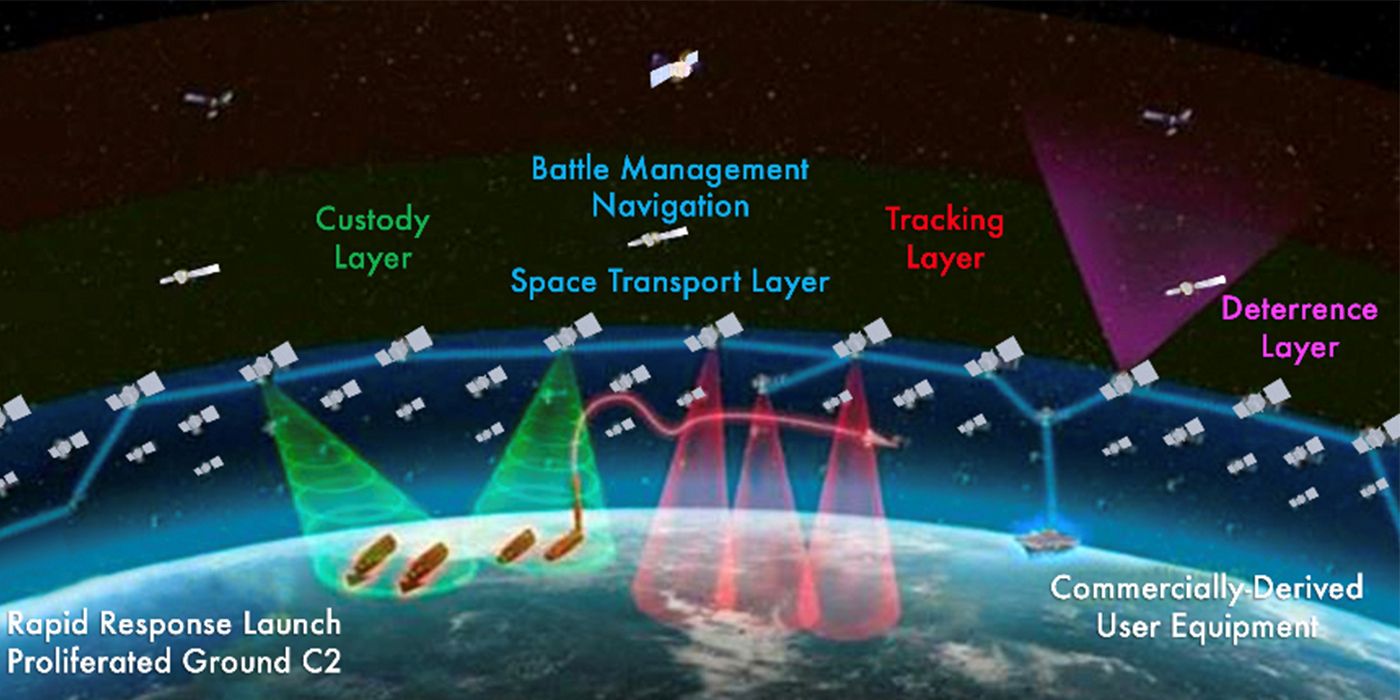
Aerospace and internet satellite manufacturer, SpaceX has just expanded its ever-growing presence in space by winning a large contract from the Space Development Agency (SDA) to build missile tracking satellites. SpaceX, along with one other company, both won bids to build out 'Tranche 0' of the tracking layer for the National Defense Space Architecture (NDSA).
Since its foundation eighteen years ago, SpaceX has developed and showcased several of its own technological achievements including Falcon 9 rockets and Starlink satellites. That being said, the aerospace manufacturer has a noted history of collaborating with other organizations, such as NASA, the United States Air Force, and the United States Department of Defense. This most recent SpaceX contract is the second awarded towards the development of the NDSA. Contracts were awarded to two different aerospace companies a little over a month ago for separate satellites for its transport layer.
According to the press release from the U.S. Dept. of Defense, SpaceX has been awarded a firm-fixed-price contract for just over $149 million to build four overhead persistent infrared (OPIR) imaging satellites to contribute to the tracking layer of the NDSA. According to the contract, those satellites should be ready by the end of 2022. The capability goal planned for the tracking layer 'Tranche 0' will be to provide missile warning and tracking information to national defense authorities, in addition to tracking and cueing data for other missile defense elements. SpaceX will be able to design its own satellites for this contract, as long as they meet the criteria set by the SDA. All must be able to perform the missile tracking mission, and also communicate directly with the transport layer satellites through a specific laser communications link.

The SDA calls this 'Tranche 0' zone its tracking layer because it provides detection, tracking and fire control formation for hypersonic glide vehicles, missiles and all other similar type threats. When the tracking layer satellites detect a threat, such as a ballistic missile, they send that information to satellites in the transport layer, which in turn will be able to send that data directly to a weapons platform through a tactical data link. The transport layer will consist of 28 separate satellites of which a separate bidding process will take place before those are developed and launched. Trust that if, SpaceX has the time and resources to provide more contracted satellites, in addition to the tracking layer models and its own Starlink internet satellites, it'll take that money.
To that note, there are already plenty of future launch plans for the NDSA and thus plenty more opportunities for SpaceX to win more business from the Space Development Agency. In 2024, 'Tranche 1' is scheduled to be complete and will include over 200 additional satellites to the transport layer, as well as a few dozen above it in the tracking layer. In 2026 with 'Tranche 2,' the SDA plans to build out its NDSA system wherever needed, but anticipates having global coverage available to warfighters everywhere by that time. With SpaceX's Starlink mega-constellation, and the growing number of satellites in orbit within the NDSA, the space above the atmosphere is going to see some major traffic in the coming years.
Source: U.S. Dept. of Defense
from ScreenRant - Feed https://ift.tt/3jDZVzA


0 Comments